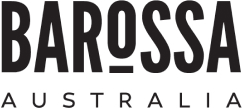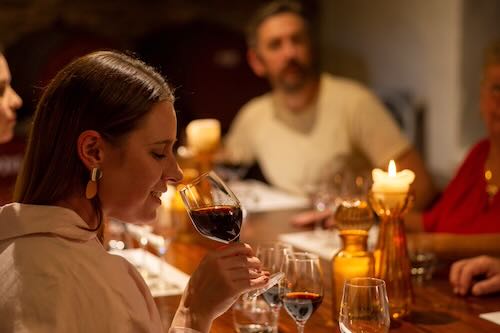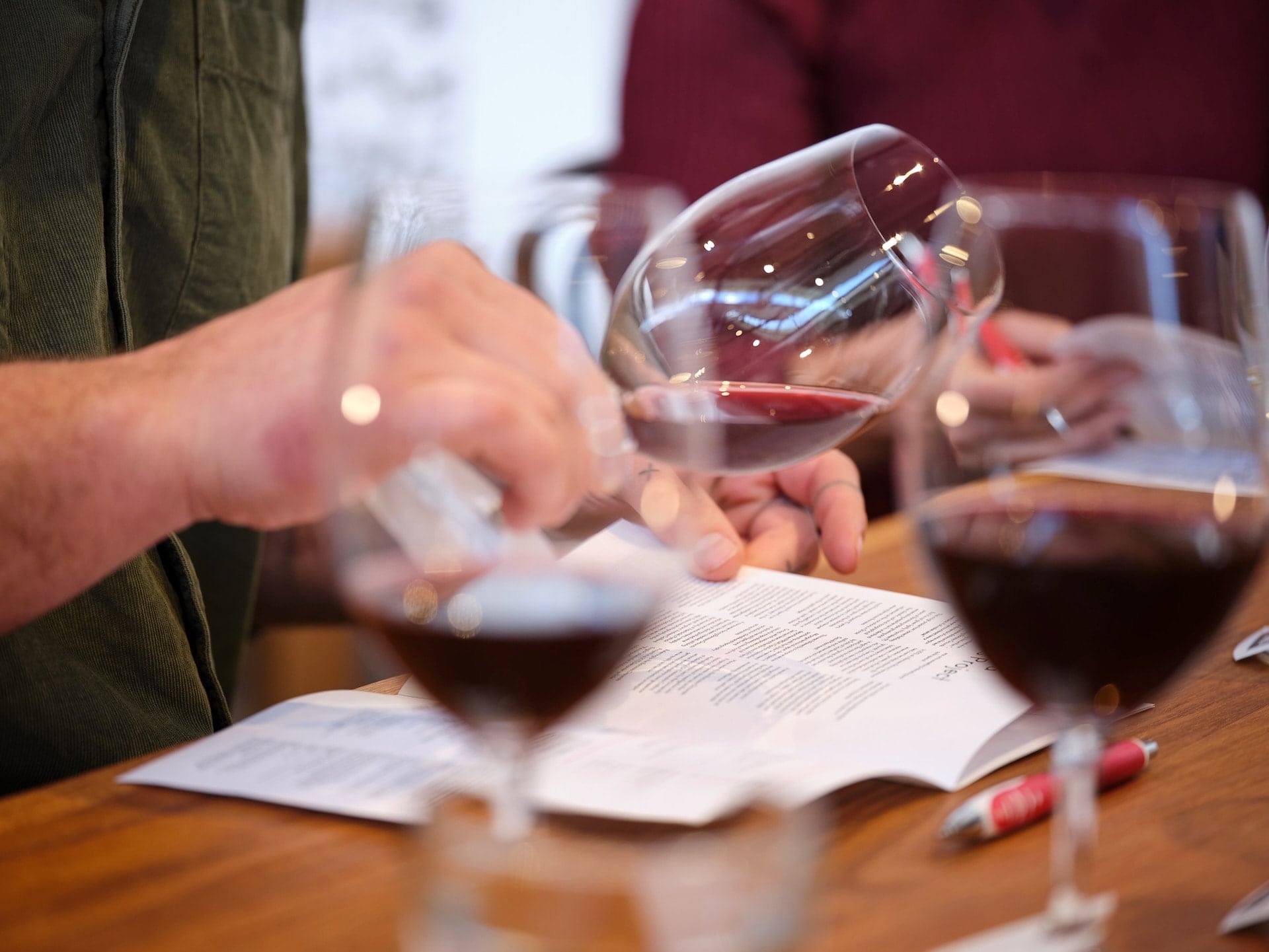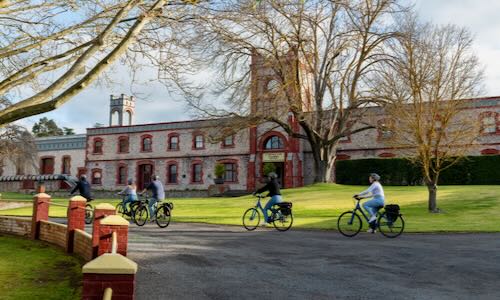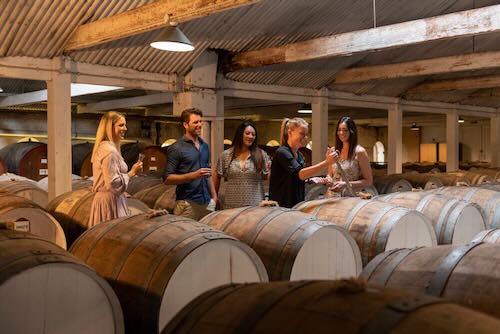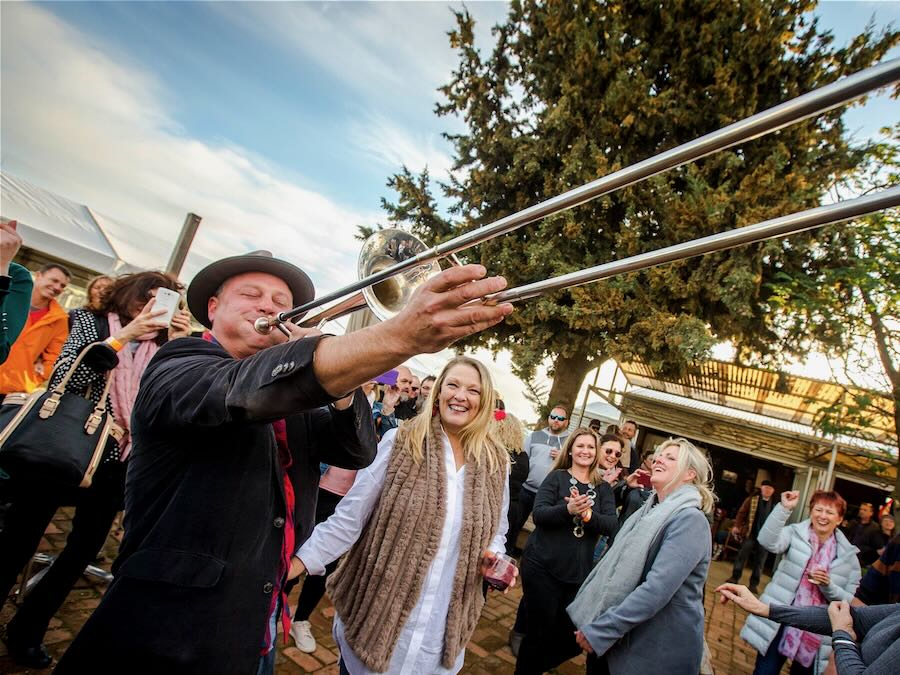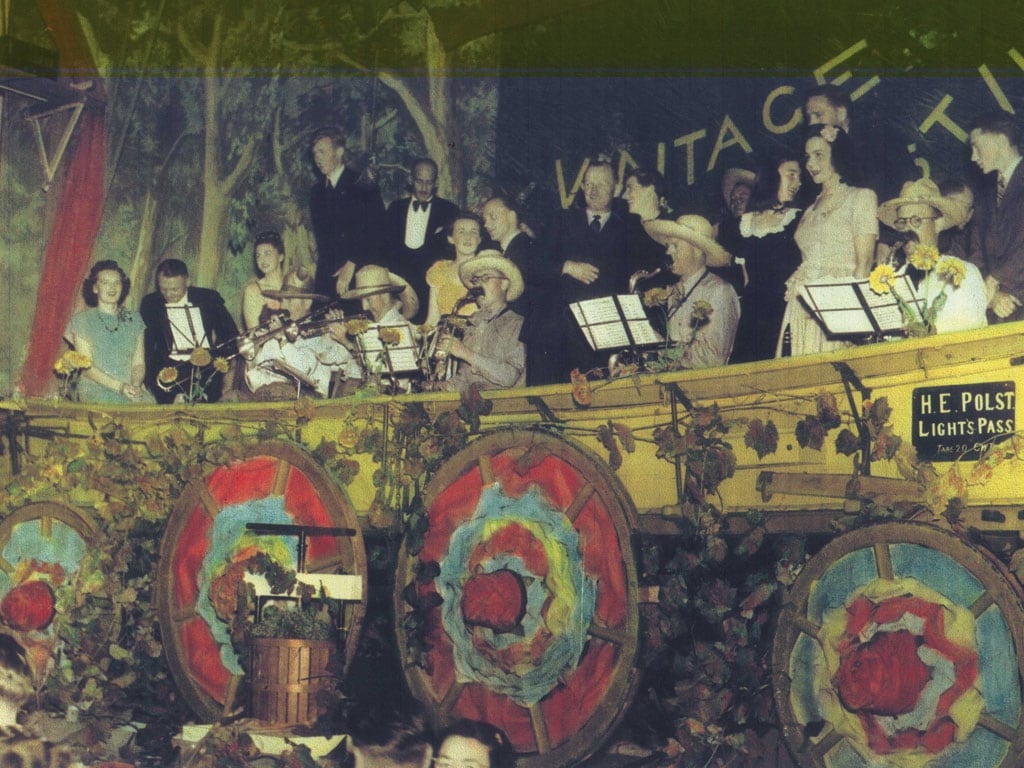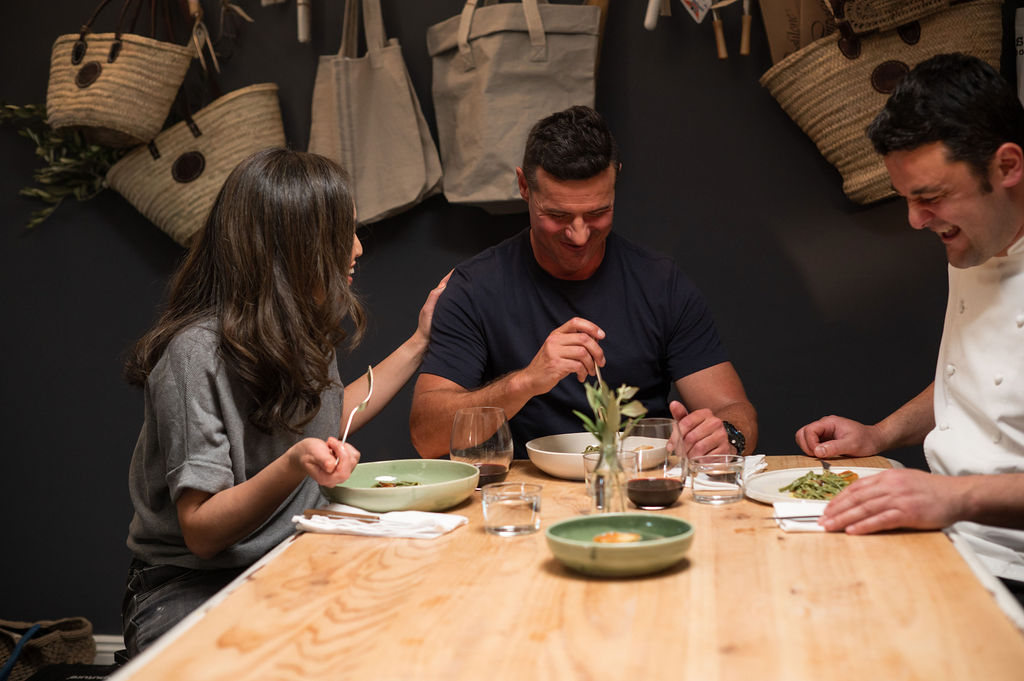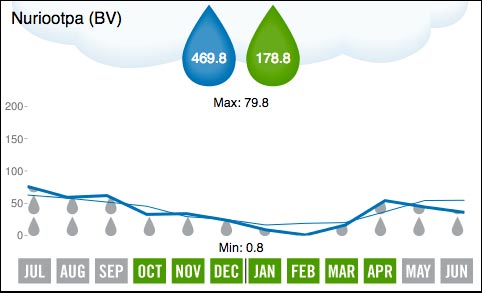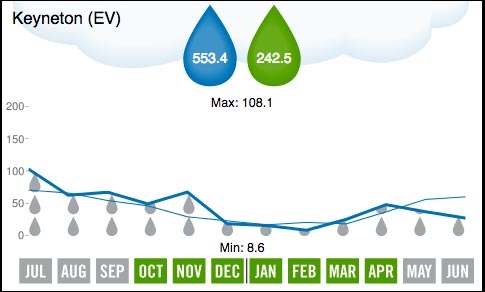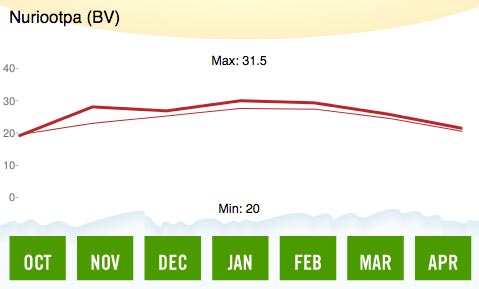Summary
Above average growing season rainfall followed by a very dry vintage provided an ideal year for viticulture in the Barossa producing very good red wines.
In 1953 there were 7,656 hectares of vineyards in Barossa and 30,409 tonnes of wine grapes were crushed in that vintage.
Highlights
Interest in contour planting of vineyards in the higher rainfall Eden Valley region increased as a way of controlling erosion.
This was an excellent year for Barossa red wine – high pHs and low TAs – and coincided with the first commercial production of Grange Hermitage at Penfolds. This was also the first vintage of Grange to use grapes from the Kalimna vineyard.
Penfolds also produced a “Grange” Cabernet experimental wine in 1953 with very good results. However, the project was shelved because of the overall lack of Cabernet and the uncertainty of the style.
Colin Gramp imported the first eutectic pressure tanks from Germany and using the new technology of temperature and pressure control produced a fruitier style of Riesling for Orlando. The six-month-old wine dominated the Sydney and Melbourne Wine Shows of the same year.
Despite these advances fortified winemaking was still the industry mainstay evidenced by the publication of John Fornachon’s reference work “Studies on the Sherry Flor “ published in the same year.
Sources
SA Wine Grape Crush Survey, Vinehealth Australia and ‘Barossa Vintages: a wine history from 1842’, Peter Fuller

